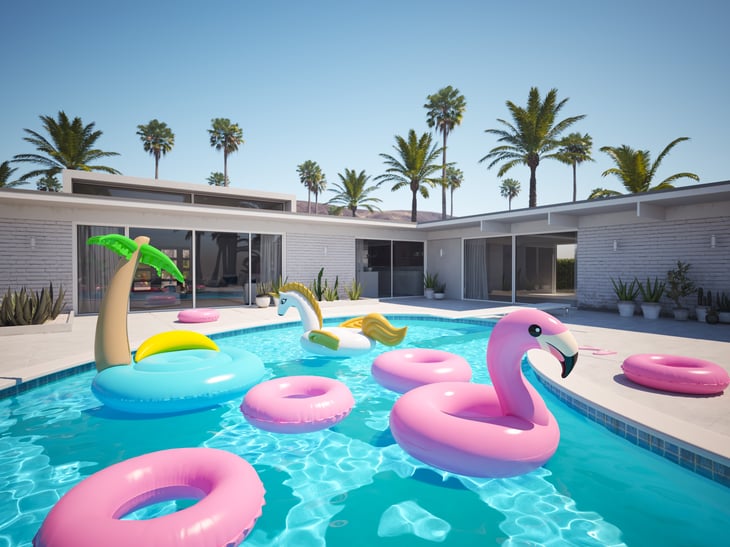
Think that installing a pool will make a big splash in your home’s resale value? There are some serious costs to consider before diving into the deep end.
It can cost roughly $39,000 to $70,000 to install an in-ground pool — with some costing as much as $100,000, according to Angi. And that is just the obvious upfront cost.
Here are some reasons you should rethink that swimming pool. They may save you from drowning in regret.
Maintenance is expensive
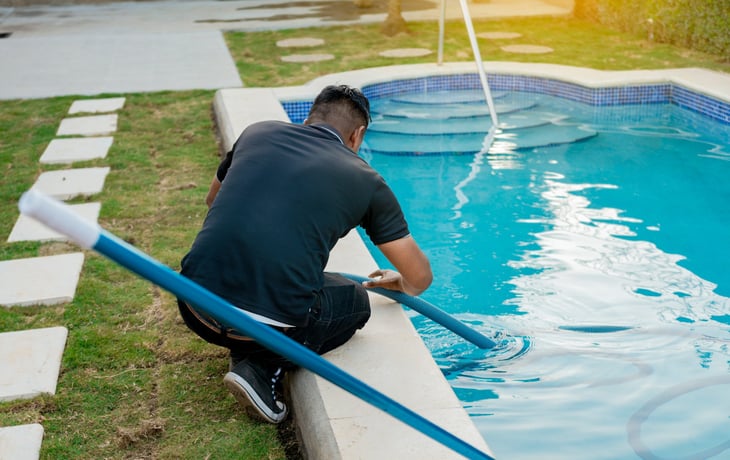
The average cost to maintain a residential pool is $233 per year, according to HomeAdvisor. The more often you use the pool, the more often it needs to be cleaned.
The actual cleaning requires equipment and know-how. Those of us who aren’t comfortable handling chemicals like chlorine need to pay professionals — and that’s where costs start to compound.
Maintenance from professional pool cleaners averages roughly $115 per month, or $1,380 per year, says HomeAdvisor. The home service marketplace does note that DIY pool maintenance can save you $1,000 per year.
Plan on brushing up on cleaning and chemistry to lower the bills. While you’re at it …
Repairs are expensive
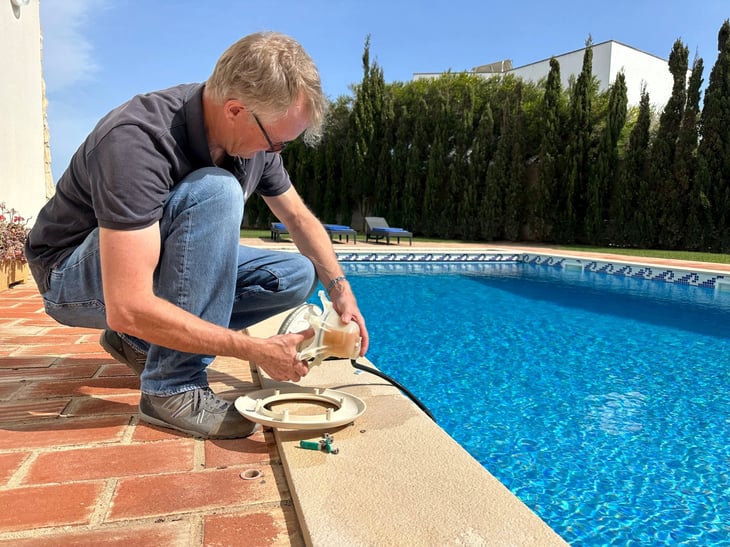
You may want to learn how to repair parts in your pool. Unless you’re willing to pay a pro between $45 and $65 per hour.
Even with the most meticulous maintenance, parts will wear down with time and damage can still happen — and it’s going to cost you.
The average pool repair cost is $677, says Angi. Some of the biggest repairs — like filter and pump replacements or leak repairs — can cost thousands of dollars.
There are safety risks
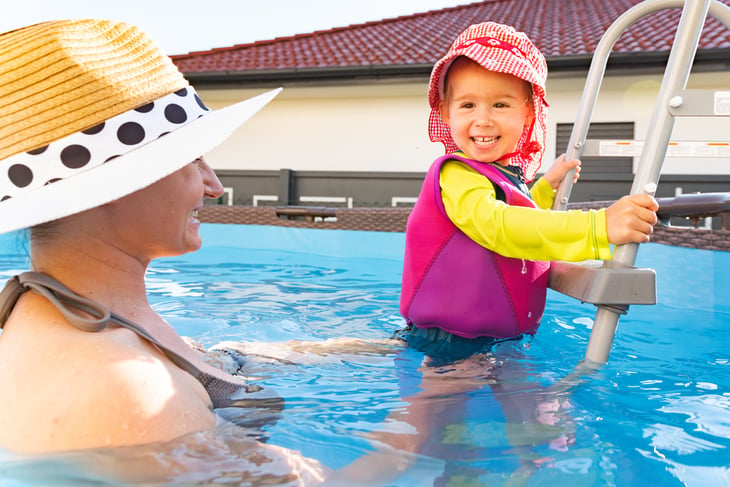
Drowning is the leading cause of death for children ages 1 to 4, according to the Centers for Disease Control and Prevention.
To help mitigate this risk, state and local governments typically have pool safety laws.
California, for example, has the Swimming Pool Safety Act. Among other things, it requires that homes with pools or spas have not one but two drowning prevention safety features, such as a safety pool cover and exit alarms on the home.
Mandatory safety features like these are generally on the homeowner’s dime — another cost to consider.
It could affect your insurance

In the insurance world, there’s a term for features like swimming pools: an “attractive nuisance.” Nationwide, for one, describes an attractive nuisance as “a magnet for every kid in the neighborhood. But the very things that make it so attractive can also make it dangerous.”
In “9 Things That Can Get Your Home Insurance Canceled,” Pat Howard, property and casualty insurance expert at Policygenius, told Money Talks News:
“In addition to increasing the risk of an accident, insurers have found that pools also increase the chance of high-dollar claim payouts compared to other liability risks.”
Insurance companies are in the business of mitigating risk for a profit. So they may respond to an “attractive nuisance” by jacking up rates or canceling policies. To avoid surprises, check with your insurer before installing a pool or buying a home with a pool.
It raises your utility bill
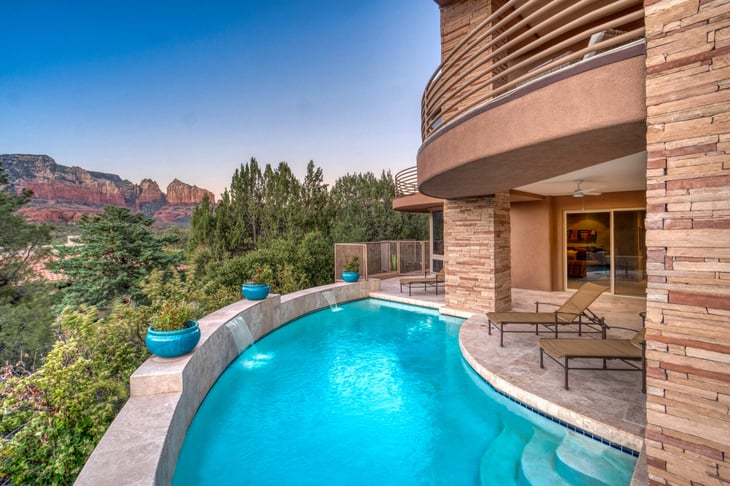
Swimming pools tend to use a lot of electricity. Angi says operating parts like pumps and lights adds $30 to $120 a month to a pool owner’s utility bills, on average.
It’s hard to own a pool without both. You need lights to ensure safety at night. And the pool pump functions as a filtration system, keeping the water clean.
It attracts wild animals and pests
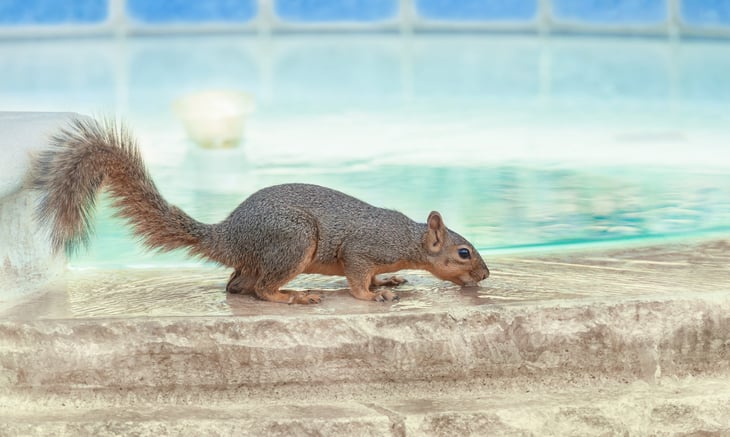
A pool attracts backyard pests and animals, including frogs, raccoons and squirrels.
Keeping away unwanted swimmers may involve buying a pool cover, which costs $1,600, on average, according to Angi. Pool fencing costs about $15 to $25 per linear foot.
Resurfacing gets pricey
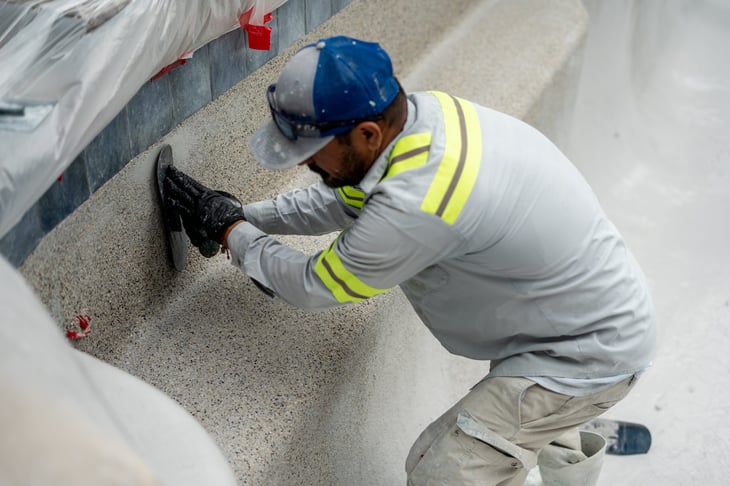
Owning a pool is a long-term luxury. Over the years, the walls and floor take a beating from use, chlorine and the elements. Eventually, they need resurfacing.
That costs around $6,500 per 1,000 square feet, with the total ranging from $1,000 to $100,000.
It’s something that needs to be done every 10 years and sometimes more often. So, it may need to be done more than once while living in your home.





Add a Comment
Our Policy: We welcome relevant and respectful comments in order to foster healthy and informative discussions. All other comments may be removed. Comments with links are automatically held for moderation.